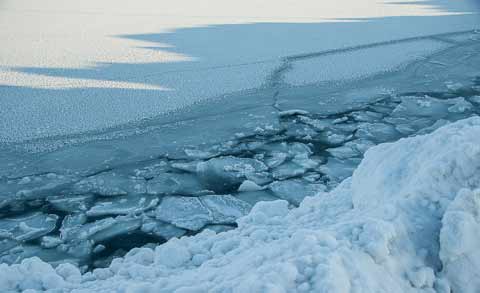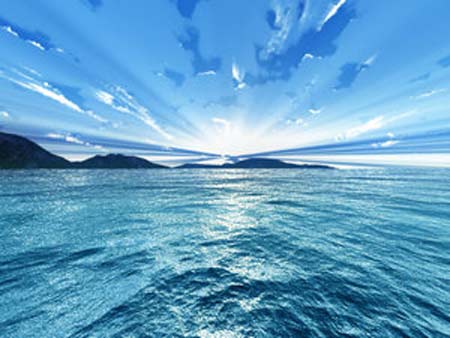Scientists propose £400 billion project to refreeze the Artic

A group of researchers has proposed using wind-powered pumps to refreeze the Arctic.
The proposal seems ambitious: it involves 10 million devices deployed over 10 per cent of the Arctic, at a cost of $500 billion US. Lead author of the paper, astrophysicist Steven Desch, concerned about what some climatologists predict to be an ice-free Arctic by 2030, challenged a group of his students at Arizona State University to develop a method to refreeze the Arctic.
Without ice to reflect sunlight into space, heat continues to be absorbed in the region. This, in turn, causes further warming and accelerates global climate change. While cutting down on carbon dioxide emissions is the solution various companies, researchers and governments are aiming for, Desch was concerned that it wasn’t a “real-world” solution.
“Thicker ice would mean longer-lasting ice. In turn, that would mean the danger of all sea ice disappearing from the Arctic in summer would be reduced significantly,” Desch told the Observer.
Desch and his team have put forward the scheme in a paper that has just been published in Earth’s Future, the journal of the American Geophysical Union, and have worked out a price tag for the project: $500bn (£400bn).
It is an astonishing sum. However, it is the kind of outlay that may become necessary if we want to halt the calamity that faces the Arctic, says Desch, who, like many other scientists, has become alarmed at temperature change in the region. They say that it is now warming twice as fast as their climate models predicted only a few years ago and argue that the 2015 Paris agreement to limit global warming will be insufficient to prevent the region’s sea ice disappearing completely in summer, possibly by 2030.
“Our only strategy at present seems to be to tell people to stop burning fossil fuels,” says Desch. “It’s a good idea but it is going to need a lot more than that to stop the Arctic’s sea ice from disappearing.”
The loss of the Arctic’s summer sea ice cover would disrupt life in the region, endanger many of its species, from Arctic cod to polar bears, and destroy a pristine habitat. It would also trigger further warming of the planet by removing ice that reflects solar radiation back into space, disrupt weather patterns across the northern hemisphere and melt permafrost, releasing more carbon gases into the atmosphere.









